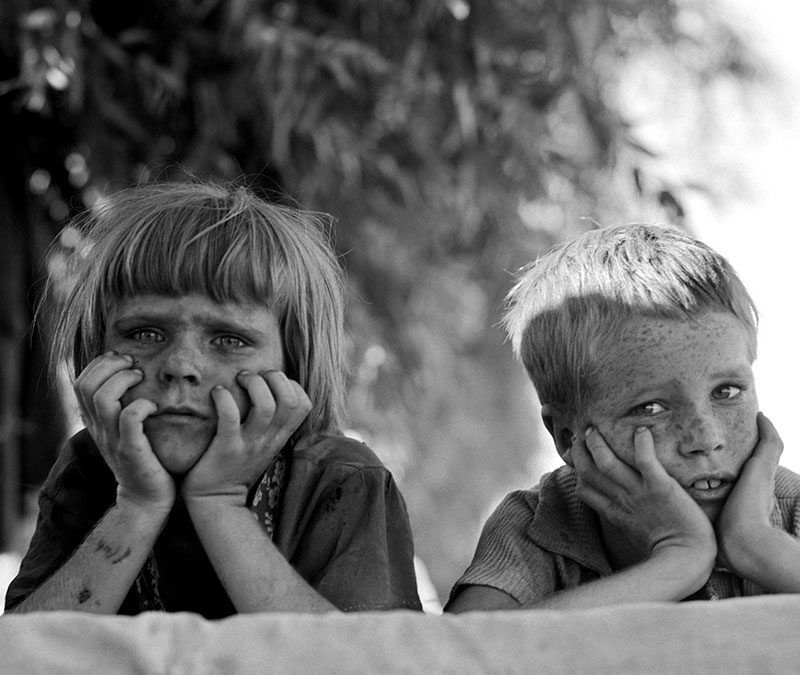Photograph by Dorothea Lange (Public Domain).
Before I knew I would write Copy Boy, I spent years collecting and annotating piles of books about Dorothea Lange, an iconic photographer of Dust Bowl migrants like my own family. Her pictures are a mirror of my relatives’ arrival in California. I felt her work was for me.
But it wasn’t just her pictures that got me. It was what I read about her. Especially the role polio played in her photography.
Lange said of polio, “I think it perhaps was the most important thing that happened to me. It formed me, guided me, instructed me, helped me and humiliated me. All those things at once. I’ve never gotten over it, and I am aware of the force and power of it.”
My own mother contracted polio when she was a toddler. But she doesn’t talk about it much.
Dorothea Lange said polio formed her. I thought, she learned to create her professional self around it, making artistic, inventive choices to minimize it. She accepted it, accommodated it.
She said polio guided her, instructed her. I thought, it taught her whom to look at, what to focus on. It guided her camera to its proper subject, people who had been brought low economically, arbitrarily, like victims of a virus.
She said polio helped her. I thought, because it limited what she could do physically, she developed a slow pace and a focus, artistic carefulness she might not have achieved otherwise, a care that defines her work.
She said polio humiliated her. I thought, she rarely discusses this in books. But in many of her strongest photographs, she chooses to point her camera at someone who has been wounded, diminished in some way, and yet she captures their dignity, their pride, their fight.
It meant something to me to learn about the effect of this disease in the life of a creative person. Studying Lange felt like studying a part of my mother, learning how limitation can provoke creativity and style and voice.
My character, Grete, shares some of this experience with Lange.

Leave A Comment